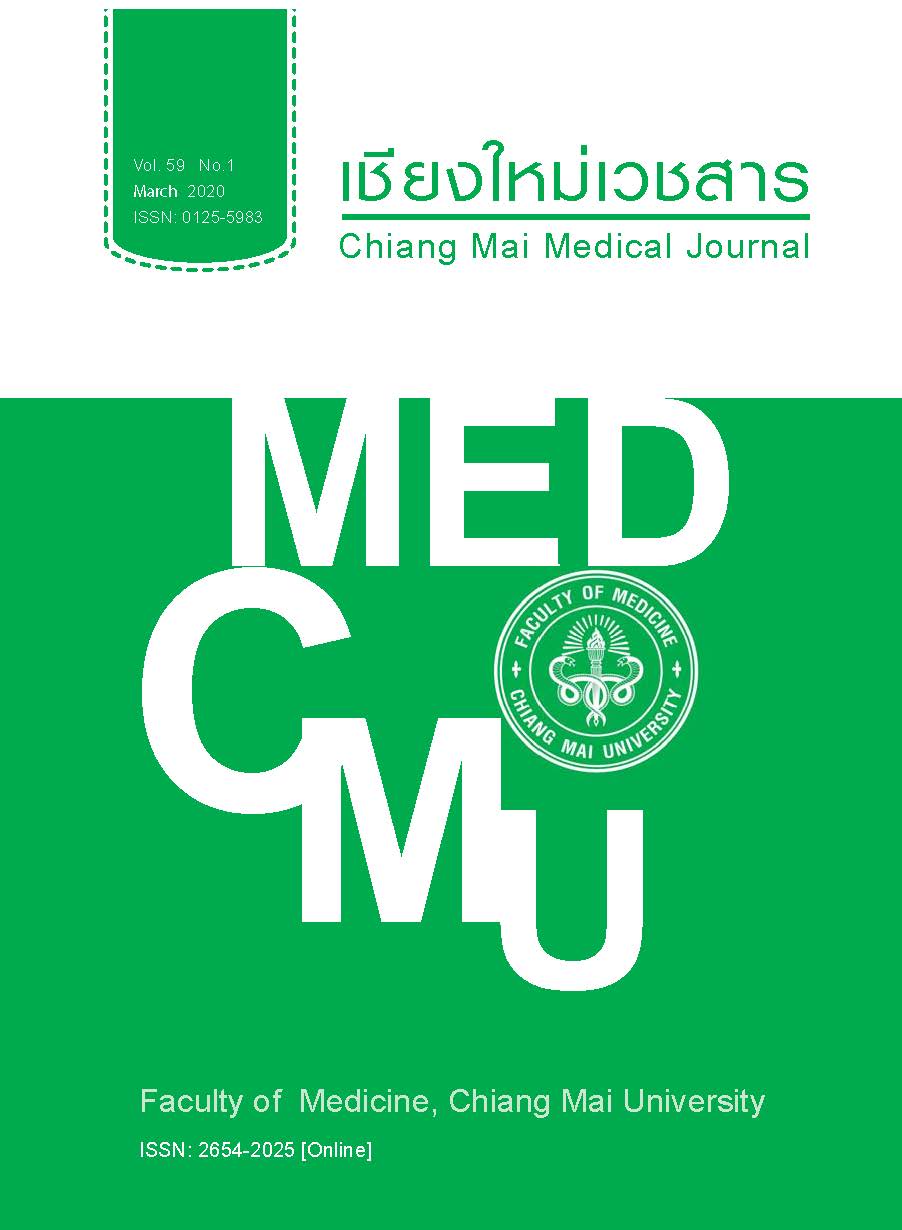Comparison of 2 ml (D2cc) and ICRU in image-guided brachytherapy for cervical cancer
Keywords:
image-guided brachytherapy, cervical cancer, rectum, bladderAbstract
Objectives The use of image-guided brachytherapy (IGBT) for treatment of cervical cancer changes evaluation from point to volume with point and with volume evaluation. The purpose of IGBT is to enable a high dosage to be delivered to the tumor but to spare the surrounding tissues. This retrospective study investigated the dosages in the bladder and rectum following IGBT for cervical cancer.
Methods Fourteen patients who received CT-guided brachytherapy for cervical cancer were enrolled. Whole pelvic radiotherapy (WPRT) with 45 Gy in 25 fractions plus 24-28 Gy in 4 fractions of IGBT was used. A dose of 2cc in the bladder and rectum bladder and rectum was evaluated and compared to the ICRU points in terms of EQD2.
Results In the bladder, the mean dose in EQD2 of D2cc was 86.1 Gy while the mean dose to ICRU-B was 77.2 Gy. In the rectum, the mean dose in EQD2 of D2cc was 67.7 Gy while the mean dose to ICRU-R was 95 Gy.
Conclusion ICRU and D2cc showed differing tendencies show different effects. In the bladder, D2cc was higher than D-ICRU but in the rectum the opposite was found.
References
2. Gill BS, Lin JF, Krivak TC, et al. National Cancer Data Base analysis of radiation therapy consolidation modality for cervical cancer: the impact of new technological advancements. Int J Radiat Oncol Biol Phys 2014;90;1083-90.
3. ICRU report no.38. Dose and volume specification for reporting intracavitary therapy in gynecology. J ICRU 1985;20.
4. ICRU Image-guided brachytherapy, cervical cancer, rectum, bladder no.89. Prescribing, recording, and reporting brachytherapy for cancer of the cervix. J ICRU 2016;13(1-2).
5. Pötter R, Dimopoulos J, Georg P,et al. Clinical impact of MRI assisted dose volume adaptation and dose escalation in brachytherapy of locally advanced cervix cancer. Radiother Oncol 2007;83,148-55.
6. Pötter R, Georg P, Dimopoulos JC,et al. Clinical outcome of protocol-based image (MRI) guided adaptive brachytherapy combined with 3D conformal radiotherapy with or without chemotherapy in patients with locally advanced cervical cancer. Radiother Oncol 2011;100:116-23.
7. Mazeron R, Fokdal LU, Kirchheiner K,et al. Dose-volume effect relationships for late rectal morbidity in patients treated with chemoradiation and MRI-guided adaptive brachytherapy for locally advanced cervical cancer: Results from the prospective multicenter EMBRACE study. Radiother Oncol 2016;120: 412-19.
8. Vinod SK, Caldwell K, Lau A, Fowler AR. A comparison of ICRU point doses and volumetric doses of organs at risk (OARs) in brachytherapy for cervical cancer. J Med Imaging Radiat Oncol 2011;55:304-10.
9. Kim RY, Shen S, Duan J. Image-based three-dimensional treatment planning of intracavitary brachytehrapy for cancer of the cervix: dose-volume histograms of the bladder, rectum, sigmoid colon, and small bowel. Brachytherapy 2007;6:18-94.
10. Haie-Meder C, Pötter R, Van Limbergen E, et al. Recommendations from Gynaecological (GYN) GEC-ESTRO Working Group (I): concepts and terms in 3D image based 3D treatment planning in cervix cancer brachytherapy with emphasis on MRI assessment of GTV and CTV. Radiother Oncol 2005;74:235-45.
11. Pötter R, Haie-Meder C, Van Limbergen E, et al. Recommendations from gynaecological (GYN) GEC ESTRO working group (II): concepts and terms in 3D image-based treatment planning in cervix cancer brachytherapy-3D dose volume parameters and aspects of 3D image-based anatomy, radiation physics, radiobiology. Radiother Oncol 2006;78:67-77.
12. Viswanathan AN, Dimopoulos J, Kirisits C,et al. Computed tomography versus magnetic resonance imaging-based contouring in cervical cancer brachytherapy: results of a prospective trial and preliminary guidelines for standardized contours. Int J Radiat Oncol Biol Phys 2007;68:491-8.
13. Viswanathan AN, Erickson B, Gaffney DK,et al. Comparison and consensus guidelines for delineation of clinical target volume for CT- and MR-based brachytherapy in locally advanced cervical cancer. Int J Radiat Oncol Biol Phys 2014;90:320-8.
14. Joiner MC, Van Der Kogel A. Basic clinical radiobiology. 4th edition; Raton: CRC press, 2009.
Downloads
Published
How to Cite
Issue
Section
License

This work is licensed under a Creative Commons Attribution-NonCommercial-NoDerivatives 4.0 International License.










